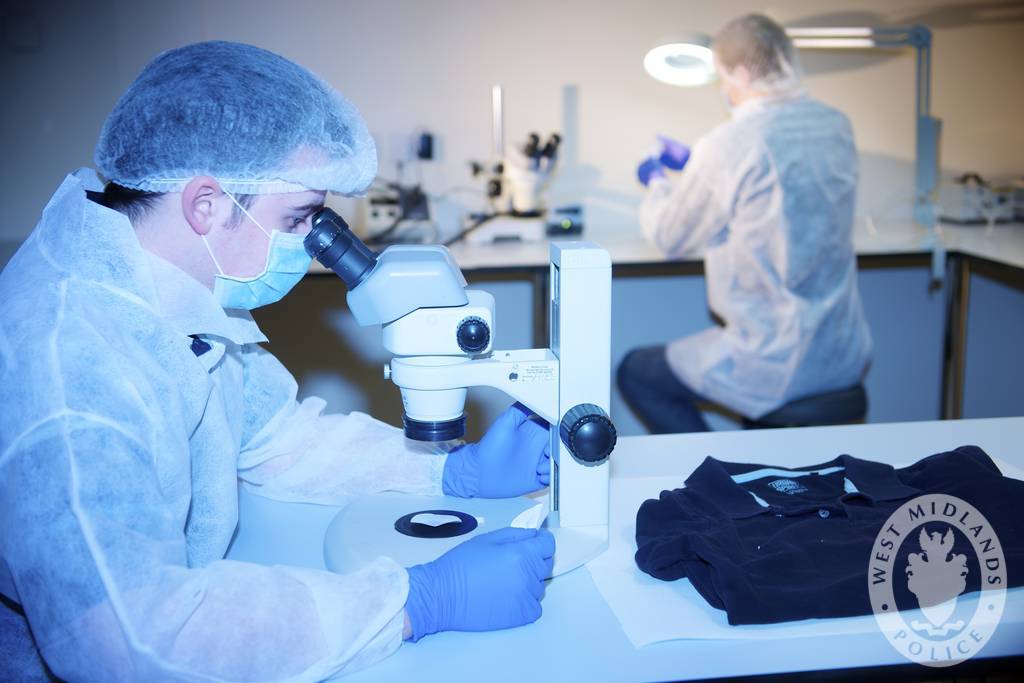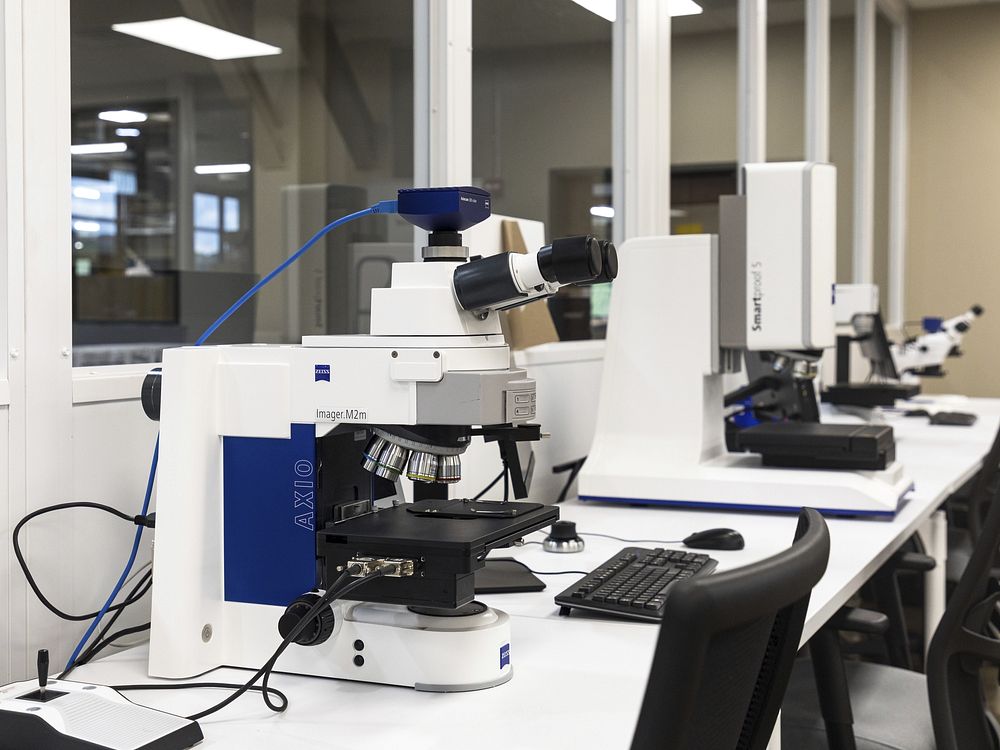Now Reading: Advancing Forensic Clarity: Liquid Chromatography at the Forefront of PMI Estimation, Drug ID, and Cannabis Differentiation
-
01
Advancing Forensic Clarity: Liquid Chromatography at the Forefront of PMI Estimation, Drug ID, and Cannabis Differentiation

Advancing Forensic Clarity: Liquid Chromatography at the Forefront of PMI Estimation, Drug ID, and Cannabis Differentiation
In the latest developments highlighted by the chromatography community, liquid chromatography (LC), especially when paired with high-resolution mass spectrometry, is redefining frontline forensic capabilities. Ultrarapid UHPLC–QTOF-MS workflows, combined with machine learning, are enabling more objective postmortem interval (PMI) estimates by pinpointing metabolomic biomarkers across tissues such as blood, brain, and eye fluid, reducing reliance on subjective interpretation and achieving error margins of about 3–6 hours.
This metabolomics-driven approach leverages tissue-specific biomarker panels, with models like Lasso and Random Forest linking chemical trajectories to time since death, while emphasizing the need for extensive human cadaver data and external validation before broad adoption. Complementary work in fragmentation profiling of nitazene analogs via LC–ESI-MS/MS demonstrates how tandem MS can illuminate molecular weight and diagnostic ions crucial for distinguishing closely related synthetic opioids, serving as a valuable complement to traditional GC–EI–MS rather than a wholesale replacement. Recurring diagnostic ions (e.g., m/z 100, 72, 44, 107) and distinctive ions for ring systems guide targeted methods and MRMs, while laboratories are advised to share spectral data and trends to keep pace with evolving analogs and standards. A pivotal capability is distinguishing hemp from marijuana through LC-based methods; optimized LC–PDA workflows improve separation and mitigate interferences from compounds like Δ8-THC and CBNA, supporting regulatory thresholds such as the 0.3% Δ9-THC limit and enhancing measurement reliability.
Across these studies, the narrative is clear: integrating high-resolution chromatography with data-driven interpretation accelerates accurate identification, improves objectivity, and strengthens the evidentiary value of forensic analyses, from PMI estimation to cannabinoid differentiation. This signals a broad, ongoing shift toward precision instrumentation coupled with collaborative data sharing to address persistent forensic challenges.









